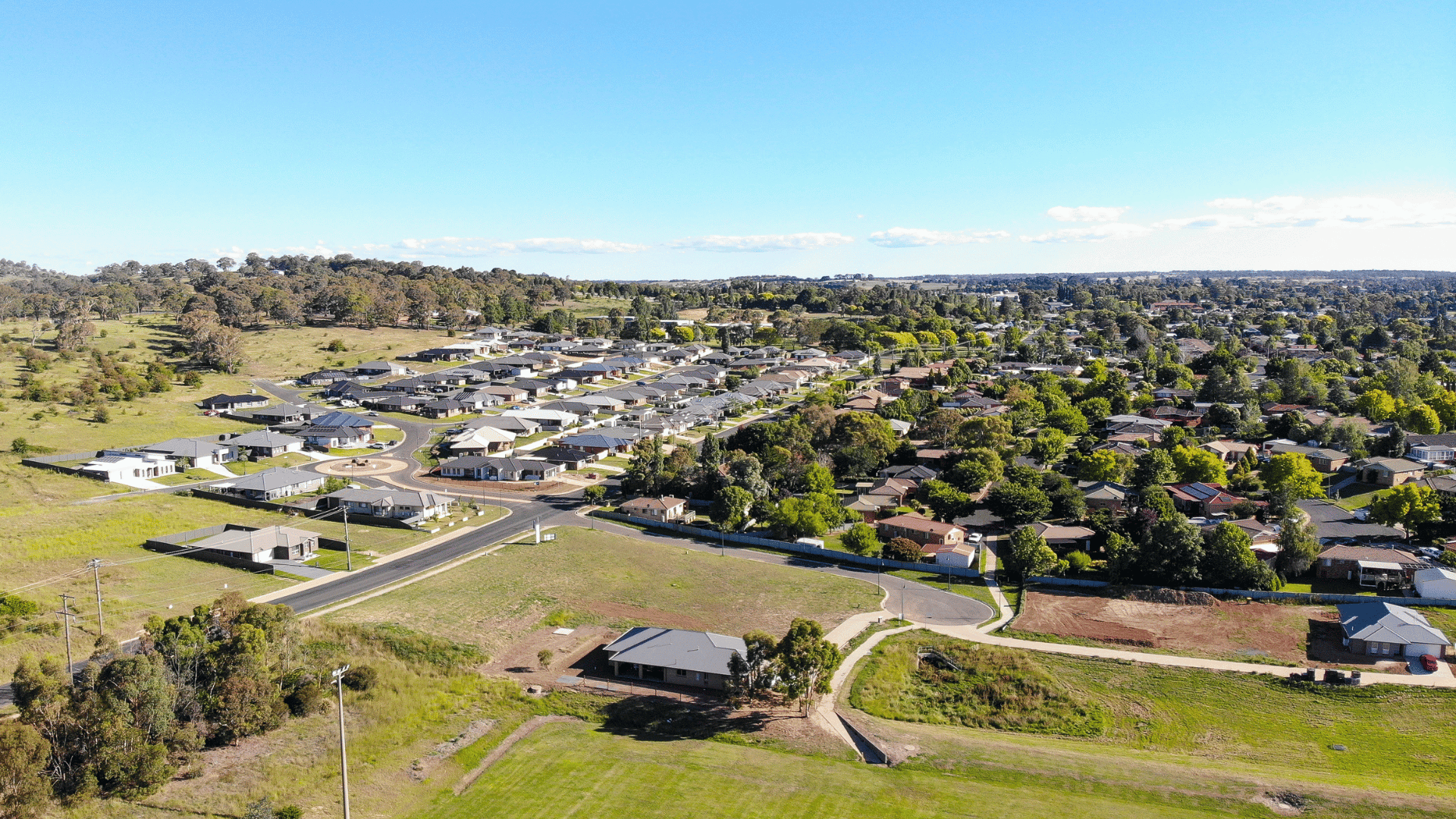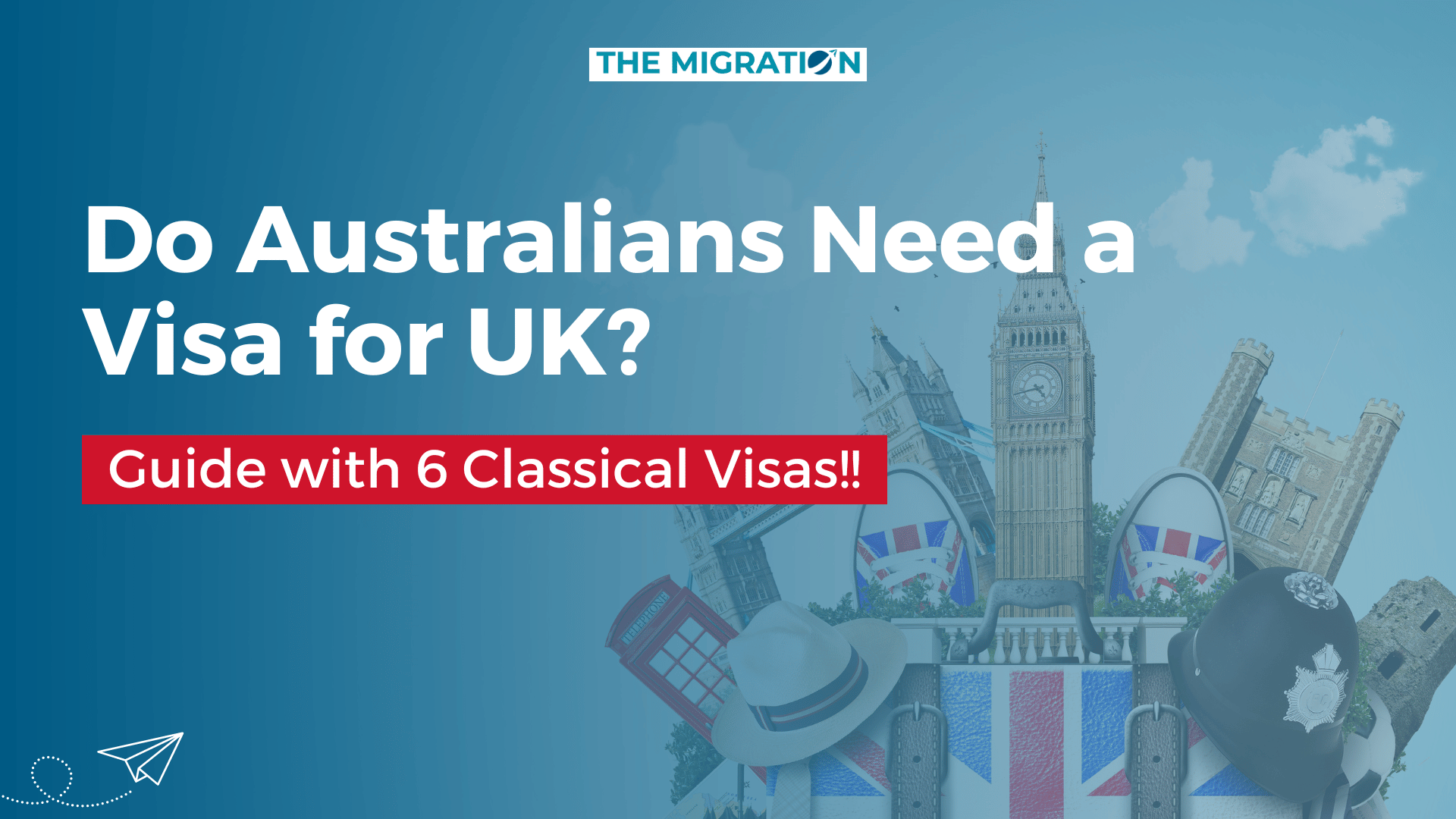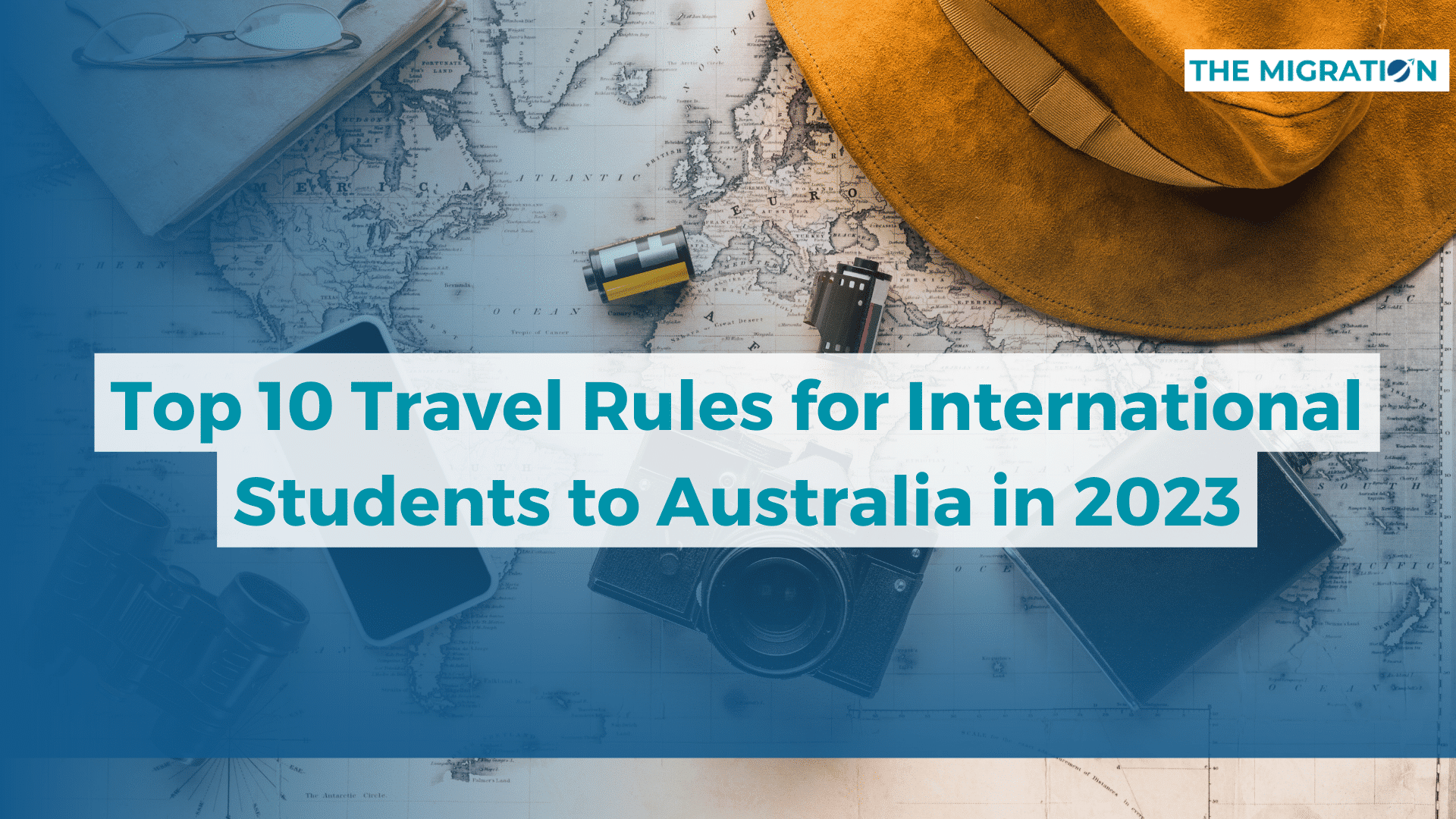Do you want to learn more about designated regional areas? A designated regional area can be a great way to get the most out of your investment. They offer tax breaks, incentives, and other benefits that can make a living and doing business in a specific area much easier. Here, we’ll provide an overview of what designated regional areas are and how they can be helpful.
From finding the right community for you to taking advantage of all the benefits they have to offer, we’ll help you make the most of your experience!
Keep reading this blog for more information on designated regional areas!
What is a Designated Regional Area (DRA) in Australia?
Designated regional areas (DRAs) are designated geographical regions in Australia specifically designated to attract migrants. Primarily designated by the Department of Home Affairs, these areas have been identified as Australia’s most needed and fastest-growing regions, requiring skilled labor to help meet the region’s demands.
Generally speaking, DRAs are found outside major cities and offer migrants a chance to experience a more rural lifestyle with plenty of community opportunities. It’s important to note that not all regional or rural parts of Australia fall within the designated restricted area list.
What are the Boundaries of the Designated Regional Areas of Australia?
The designated regional area covers more than half of the continent, including all of its mainland states and territories, extending from the Northern Territory in the north to Tasmania in the south.
It also encompasses seven external territories – Cocos (Keelin) Islands, Christmas Island, Ashmore and Cartier Islands, Norfolk Island Jervis Bay Territory, and Great Barrier Reef Marine Park. These designated regional boundaries allow government authorities to formulate policies to serve their citizens better regionally.
Decide what you want your Designated Regional Area to be.
When determining your designated restricted area, start by considering.
- It’s the distance from your home base.
- Additionally, make sure that you have access to the people who live in this area and those who would be potential customers.
- From there, ask yourself how many potential customers you feel comfortable serving in this designated regional area.
- Finally, research the competitive landscape within your restricted area to ensure that you can reach a large enough audience and compete with similar local businesses.
Following these five steps, you can decide on the best designated regional area for your business.
Research the Benefits of having a Designated Regional Area
If you’re looking for the potential benefits of having a designated regional area, there are plenty.
- Firstly, having a designated locale creates the perfect environment for businesses to operate. This could include local shops and cafes, which can create valuable jobs in the area and boost its economy.
- Additionally, nearby tourists or visitors can be drawn to this designated spot as a potential destination, meaning increased footfall and custom for existing residents.
- Furthermore, an identified area promotes pride among its community members as it helps them identify with their hometowns, celebrate their culture and practices, and eventually become recognized as a distinct part of the country.
Therefore, creating designated regional areas comes with considerable advantages that ultimately benefit both the place and the people.
What are the Benefits?
Living in a designated regional area offers many advantages, no matter what type of lifestyle you are looking for
- You can enjoy proximity to small-town hospitality
- Lush natural resources
- Easy access to city amenities
- Lower taxes than those in large cities
- Smaller and less crowded school districts
- Affordable housing
- Access to less-crowded recreational facilities such as beaches, parks, and trails
- A diverse cultural scene with year-round events
- More natural beauty and views than you’d find in an urban setting
- Low crime rates
- More excellent job opportunities due to increased economic development initiatives
- Fewer regulations or bureaucracies compared to big cities
- Plenty of fresh air and wide-open spaces
With so much available within designated regional areas, it is no surprise that they have become increasingly popular over the years.
What are Some of the key Industries of Designated Regional Areas?
A designated regional area often has various industries at its disposal, each of which is crucial to its economic success and overall development. Key industries in specified regional locations can take many forms:
- From agriculture and mining to retail
- Technology
- Science and Entrepreneurship
Each has a unique intersection with local talent and resources, making it vital to the designated regional area’s development while creating job opportunities. It’s worth taking the time to research what kinds of jobs are available in a designated restricted area – knowing what businesses are already thriving in an area can help you decide whether or not your chosen field of work will be booming in that setting.
What is the Climate Like in this Region?
The designated regional area experiences a distinct climate, depending on its particular geographical location. In other places, temperatures can vary significantly year-round. For example, in parts of mountainous or coastal regions, the climate is often considered quite humid and rainy, whereas, in other desert regions, it may be hot and dry.
Generally, visitors to the designated regional area should consider researching typical temperatures and weather patterns before they embark on their journey.
How Affordable is Housing in this Region Compared to other parts of Australia?
In the designated regional area, housing prices remain comparatively affordable compared to other areas of Australia. Whether it’s a brand new house, a beachfront residence or a cozy unit near state-of-the-art amenities, local real estate brokers will usually ensure that budgets are adhered to and adjustments can be made according to your needs. This is why so many people in the designated regional area consider their housing purchase moves very affordable investments that shouldn’t compromise quality.
What Types of Schools are Available in this Region for Students?
A variety of schools are available in the designated regional area for students. The most common type is:
Public Schools
Open and supported financially by local governments.
Charter Schools
Which are publicly funded but can have more autonomy over curriculum needs
Private Schools
Typically require tuition fees and may offer specialized programs that allow students to achieve their academic goals more efficiently.
Online Schools
No matter what type of school fits students’ needs, this region has something for everyone.
Authentic resources about regionally designated areas
Finding reliable and accurate information about designated regional areas can be difficult. Fortunately, many sites are accessible to assist you in getting the most recent information. Here is a list of the top five authentic resources to use when looking into designated regional areas:
3. Australian Environmental Protection Agency (EPA)
4. Local Government Association of Australia (LGAA)
5. Department of the Environment and Energy (DEED)
With the right resources at your fingertips, you can quickly get an accurate picture of the designated.
How Can We Help?
Designated regional areas are a great way to get the benefits of living in a restricted area without committing to one place. By conducting your study, you can make sure you select an economical place with the required features.
Book a Consultation today if you want more information about designated regional areas or other affordable housing options in Australia. We would be delighted to assist you in finding the ideal location to call home.
Related Articles
- Top 4 Most Liveable Cities in Australia 2022 – Explore Now!
- Discover 6 cheapest places to live in Australia for International students 2022!
- Five of the most incredible places to visit in Australia
I’m Nasir Nawaz. I’m a registered migration consultant in Australia. I am based in Sydney. I’ve studied Master of Laws at the University of New South Wales. I’m providing immigration services for several years.
Consult with me for legal advice on Australian visas to permanently live, study, and work in Australia.











